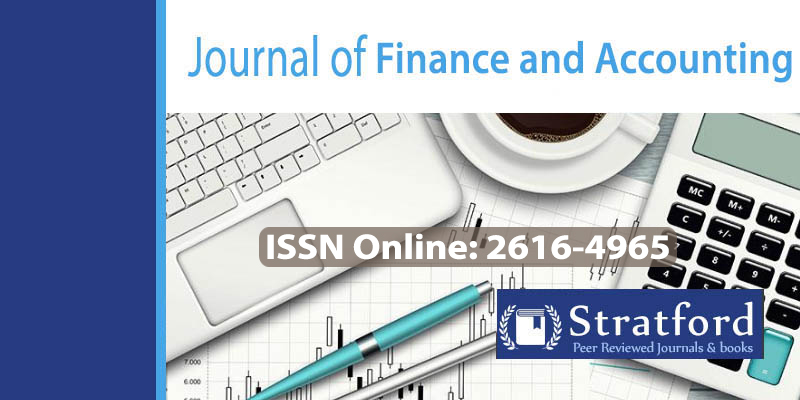Effect of Microfinance Institutions Services on Socio Economic Welfare of Women in Rwanda. A Case of Selected Umurenge SACCOs in Kigali City
DOI:
https://doi.org/10.53819/81018102t2218Abstract
The general objective of this study was to assess the effect of microfinance institutions services on socio economic welfare of women in Rwanda. The following were the specific objectives; analyse the effect of access to credit on socio-economic welfare of women in Kigali City, evaluate the impact of savings facilities on socio-economic welfare of women in Kigali City and assess how collaterals facilities affect socio-economic welfare of women in Kigali City. The study used descriptive and correlational research design. For this study, the entire population was 1463 including 1455 women members, 9 BDF staff, 4 Managers and 4 loan officers of Umurenge SACCOs of Nyarugenge, Kimisagara, Kicukiro and Kimironko. The sample size was 314 respondents. Data was analysed using both descriptive and inferential statistics. The findings indicated that access to credit and social-economic welfare of women have a positive and moderately strong correlation (r = 0.614, p<0.05). Saving facilities and social-economic welfare of women also have a positive and moderately strong correlation (r = 0.606, p<0.05). Collaterals facilities and social-economic welfare of women have a positive and strong correlation (r = 0.536, p<0.05). These correlations suggest that women's socio-economic welfare of women in Kigali City is positively influenced by better access to credit, saving facilities, and collateral facilities. The multiple regression R is 0.704, indicates the strength and direction of the overall linear relationship between the study variables. Indicating a moderately strong positive relationship between the predictors and the dependent variable. The coefficient of determination (R Square) represents the proportion of variance in the dependent variable that is explained by the predictors. In this model, the R Square value is 0.495, which means that approximately 49.5% of the variance in the dependent variable can be explained by the combined effects of collaterals facilities, access to credit, and saving facilities. Microfinance institutions should further enhance access to credit for women, providing flexible loan products with reasonable interest rates and simplified application processes.
Key words: microfinance institutions services, access to credit, savings facilities, collaterals facilities, socio economic welfare of women.
References
Babiarz, P. and Robb, C.A., (2014). Financial literacy and emergency saving. Journal of Family and Economic Issues, 35, pp.40-50.
Chepkemoi, L., (2017). The Role of Savings and Credit Co-operative Societies (Saccos) on Women Empowerment in Kenya: a Case Study of United Women Sacco (Doctoral dissertation, University of Nairobi).
Churk, J. P. (2015). Contributions of Savings and Credit Cooperative Society on Improving Rural Livelihood in Makungu ward Iringa, Tanzania, Journal of Emerging Issues in Economics, Finance and Banking (JEIEFB) An Online International Research Journal, 4 (1), 1–14.
Hütten, M., Maman, D., and Rosenhek, Z., and Thiemann, M. (2018). Critical financial literacy: an agenda. International Journal of Pluralism and Economics Education. 9 (3): 274–291.
Lemma, A., Rud, J. and Ellis, K. (2010). Financial inclusion, household investment and growth in Kenya and Tanzania - ODI Project Briefings 43, Overseas Development Institute, London, United Kingdom, 43(9), 1–4.
Muyombano, A., and Mbabazi Mbabazize (2016). The contribution of Umwalimu SACCO on Socio-economic development of teachers; Case study of Gasabo District branch: Paper published by International Journal of Scientific and Research Publications, Volume 6, Issue 12, December 2016 167 ISSN 2250-3153
Niyitegeka, V. (2012). Microfinance a key tools for achieving the objectives the Objectives of the Development and Poverty Reduction Strategies in Rwanda, A case Study of Umwalimu Sacco. Kigali: Mount Kenya University.



